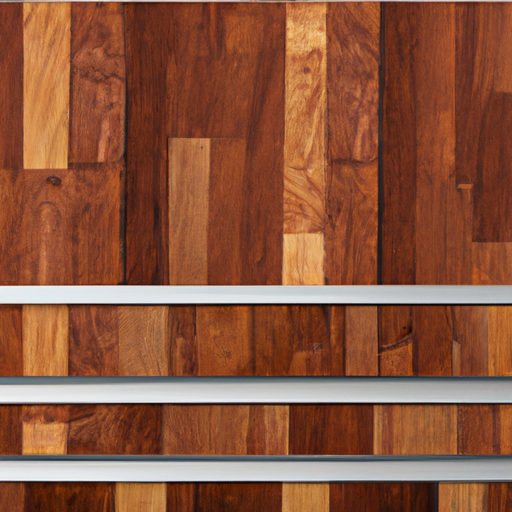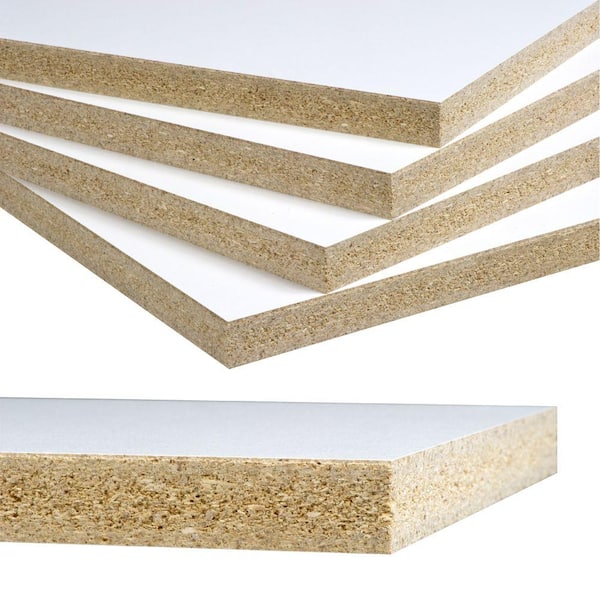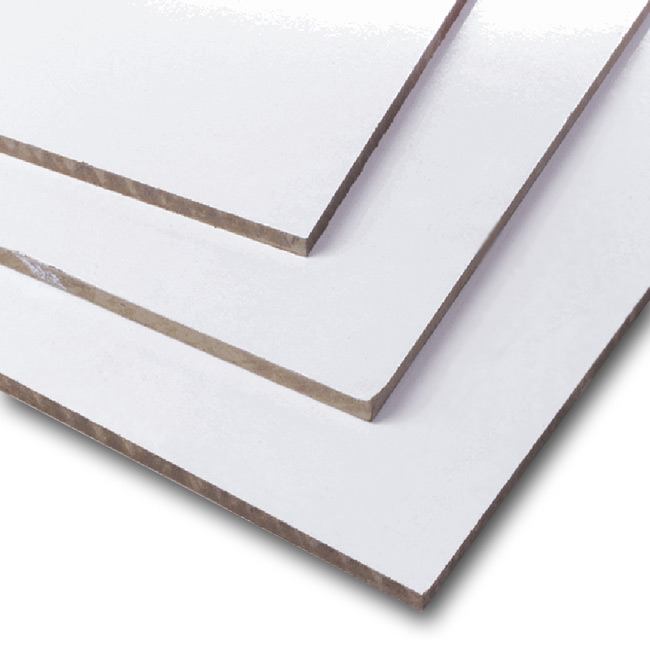So you’re considering using melamine boards for your next project? Well, before you start, it’s important to weigh the advantages and disadvantages of these boards. On the bright side, melamine boards are known for their durability, affordability, and resistance to moisture and staining. They also come in a wide range of colors and designs, making them a versatile choice for both practical and decorative purposes. However, it’s worth noting that melamine boards can be prone to chipping and cracking, and they may not offer the same level of strength and longevity as solid wood. With that in mind, let’s take a closer look at the pros and cons of using melamine boards.

Advantages of Melamine Boards
Durable and Long-lasting
When it comes to durability, melamine boards are hard to beat. Made from a composite wood material that is fortified with melamine resin, these boards are incredibly strong and can withstand heavy use and abuse without showing signs of wear and tear. Whether you’re using them for shelving units, cabinets, or furniture, melamine boards are built to last.
Versatile Design Options
One of the major advantages of melamine boards is the wide range of design options available. Melamine boards are available in numerous colors, patterns, and finishes, allowing you to choose the perfect style to complement your interior design. Whether you prefer a classic wood grain finish or a bold solid color, melamine boards offer endless possibilities for creating a customized look.
Easy to Clean and Maintain
melamine boards are incredibly easy to clean and maintain, making them a popular choice for high-traffic areas and busy households. The smooth and non-porous surface of melamine boards makes them resistant to stains and spills, and they can be easily wiped clean with a damp cloth or mild cleaning solution. Unlike natural wood, melamine boards do not require regular polishing or sealing, saving you time and effort in the long run.
Affordable Alternative
One of the biggest advantages of melamine boards is their affordability. Compared to solid wood or other composite materials, melamine boards offer a cost-effective solution for a wide range of applications. Whether you’re working on a large-scale project or a small DIY endeavor, melamine boards allow you to achieve a high-quality and professional look without breaking the bank.
Resistant to Heat and Moisture
melamine boards are highly resistant to heat and moisture, making them suitable for use in kitchens, bathrooms, and other areas prone to humidity and temperature fluctuations. Unlike natural wood, melamine boards will not warp, swell, or rot when exposed to moisture. This moisture resistance also makes melamine boards a good choice for outdoor applications such as decks and fences.
Disadvantages of Melamine Boards
Lack of Natural Aesthetics
While melamine boards offer a wide range of design options, some people may find that they lack the natural aesthetics of real wood. The simulated wood grain patterns and solid colors of melamine boards may not have the same visual appeal and warmth as natural wood. However, advancements in manufacturing techniques have helped to improve the overall look and texture of melamine boards, making them more closely resemble real wood.
Prone to Chipping and Scratching
One drawback of melamine boards is that they can be prone to chipping and scratching, especially along the edges and corners. The thin layer of melamine resin that covers the composite wood material is not as strong as solid wood, making it more susceptible to damage from impact or abrasive materials. However, regular maintenance and proper usage can help minimize the risk of chipping and scratching.
Limited Repair Options
Unlike solid wood, melamine boards offer limited repair options. Once a melamine board is chipped or damaged, it is difficult to repair or refinish. In most cases, the damaged section will need to be replaced, which can be time-consuming and costly. It’s important to take extra precautions to prevent damage to melamine boards, such as using protective edge banding and avoiding sharp objects.
Toxicity Concerns
One concern with melamine boards is the potential release of formaldehyde, a toxic compound commonly used in the manufacturing process of melamine resin. However, reputable manufacturers adhere to strict regulations and industry standards to ensure that melamine boards meet safety requirements. It’s essential to choose melamine boards from trusted suppliers and inquire about the formaldehyde emission levels to ensure the health and safety of your living or working environment.
Less Structural Strength
Compared to solid wood or other structural materials, melamine boards have less structural strength. They are not recommended for applications that require heavy loads or support. While melamine boards are sturdy enough for most everyday uses, it is important to consider the weight-bearing capacity and structural requirements of your project before choosing melamine boards as the primary material.
In conclusion, melamine boards offer several advantages such as durability, versatile design options, easy maintenance, affordability, and resistance to heat and moisture. However, there are some disadvantages to consider, including the lack of natural aesthetics, susceptibility to chipping and scratching, limited repair options, potential toxicity concerns, and less structural strength. By weighing these pros and cons, you can make an informed decision on whether melamine boards are the right choice for your specific needs and preferences.





